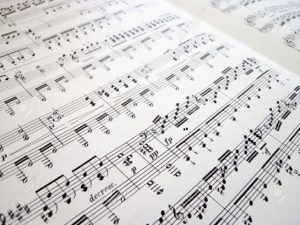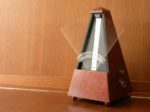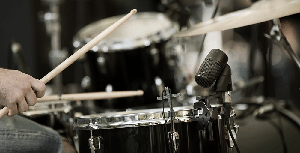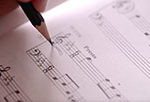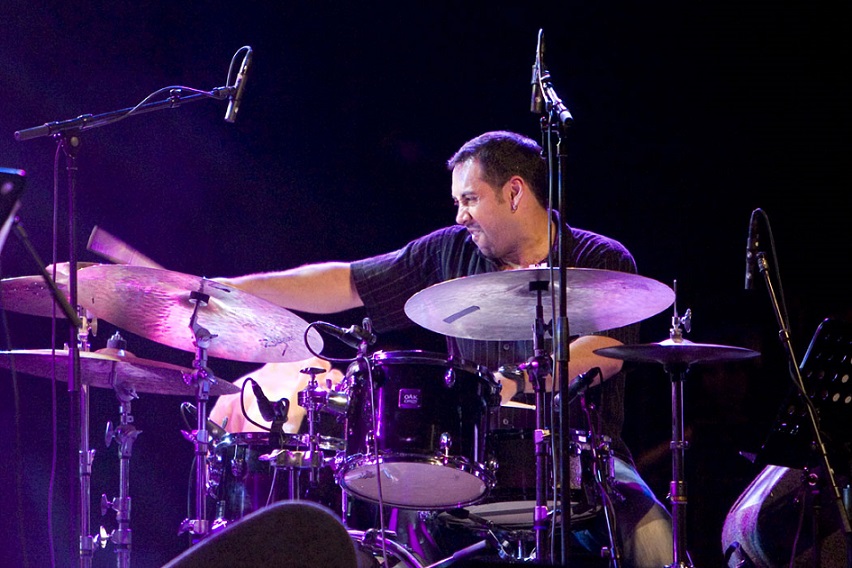
Music is a language, and like any language, it can be communicated in many different forms. As children we learned our mother tongue aurally, by listening to our parents and trying to replicate the sounds we heard. A parallel can be drawn between learning a language this way and learning music aurally. We can listen to music and try our best (with the guidance of a teacher) to play back what we hear. As children grow, we reach a certain age where it's important to become literate in our mother tongue: to read and write. This happens when we go to school: we learn spelling, punctuation and grammar, how to read basic words and short stories, and ultimately develop fluency in reading and writing our language.
This is exactly what should happen when we learn our musical instrument. We should learn how to play something, and then understand how it's written in music notation. Once we develop the ability to read music, we can learn new music more quickly, and most importantly, we are now able to decipher notation independently, without having to hear it first.
This article will discuss some of the benefits of learning to read music along with some misconceptions about music notation, and some common methods for writing drum kit notation.
“Drummers don’t need to read!”
This is something I hear a lot and it's completely untrue. Why? The drum kit is a musical instrument and it's just as important for you to be able to read music as it is for a saxophonist or pianist. By avoiding practicing your reading and writing skills, you are limiting yourself as a musician and missing out on a massive proportion of gigs. You might not see yourself enjoying these gigs now, but in the future you may really grow to like them. Either way, you'll never know unless you learn to read music. Some common musical applications that often, if not always, require reading proficiency are:
- Musical theatre productions
- Big band jazz
- Marching bands
- Dance bands
- Pop functions
Most capable drummers end up playing in at least one of these ensembles regularly throughout their career, so leave your options open. If you can't read music already, then learn how!
Methods for Drum Kit Notation
Notating the drum kit brings many challenges for two main reasons;
- Not all drum kits are the same, many have different amounts of drums and cymbals which means that there is no single way to notate each part of the kit. Drum kits can also have cowbells and other auxiliary percussion that further add to the complexity of drum kit notation.
- As drummers we’re often playing up to four rhythms at the same time. This means that we need at least two voices to make the notation look clear on the page. How we group these voices varies depending on what type of groove or fill you're playing.
Standard 5-piece Kit
The basic drum kit is made up of 5 drums (bass, snare, hi tom, mid tom, and low tom) and 3 cymbals (hi hats, ride, and crash). The diagrams below detail the most common methods for notating a standard 5 piece drum kit on the musical stave. Notice how drums are notated with dot noteheads while cymbals are notated with x-shaped noteheads.

Bigger Kits
As more components are added to the drum kit, we need to get creative with how we go about notating them. Here are a few ways of making this notation possible;
- Change the notehead - when adding auxiliary percussion, I often change the shape of the notehead to a triangle or square (see below). This way, drums are dots, cymbals are x’s, and blocks and bells are squares or triangles. Every type of instrument has its own shape.

- Use more of the stave - a standard 5 piece kit doesn't generally make use the second and third lines from the bottom of the stave. These can be used to notate extra toms. We can also add ledger lines to notate additional cymbals (splash, china, etc.).

Whichever method is used, any good drum notation should include a detailed drum key, outlining how each part of the drum kit is notated. The whole point of music notation is to be understood, so if you're writing your own drum part make sure you include a drum key (see below) to avoid any confusion.

Of course not all musical cultures notate music, and many notate in different ways to the western classical notation that's commonly taught in schools. Our next article will look at some such styles and recommend some approaches to learning them.
Ready to pick up the drums?
Start learning with our 30-day free trial! Try our drums courses!About Liberty Park Music
LPM is an online music school. We teach a variety of instruments and styles, including classical and jazz guitar, piano, drums, and music theory. We offer high-quality music lessons designed by accredited teachers from around the world. Our growing database of over 350 lessons come with many features—self-assessments, live chats, quizzes etc. Learn music with LPM, anytime, anywhere!


